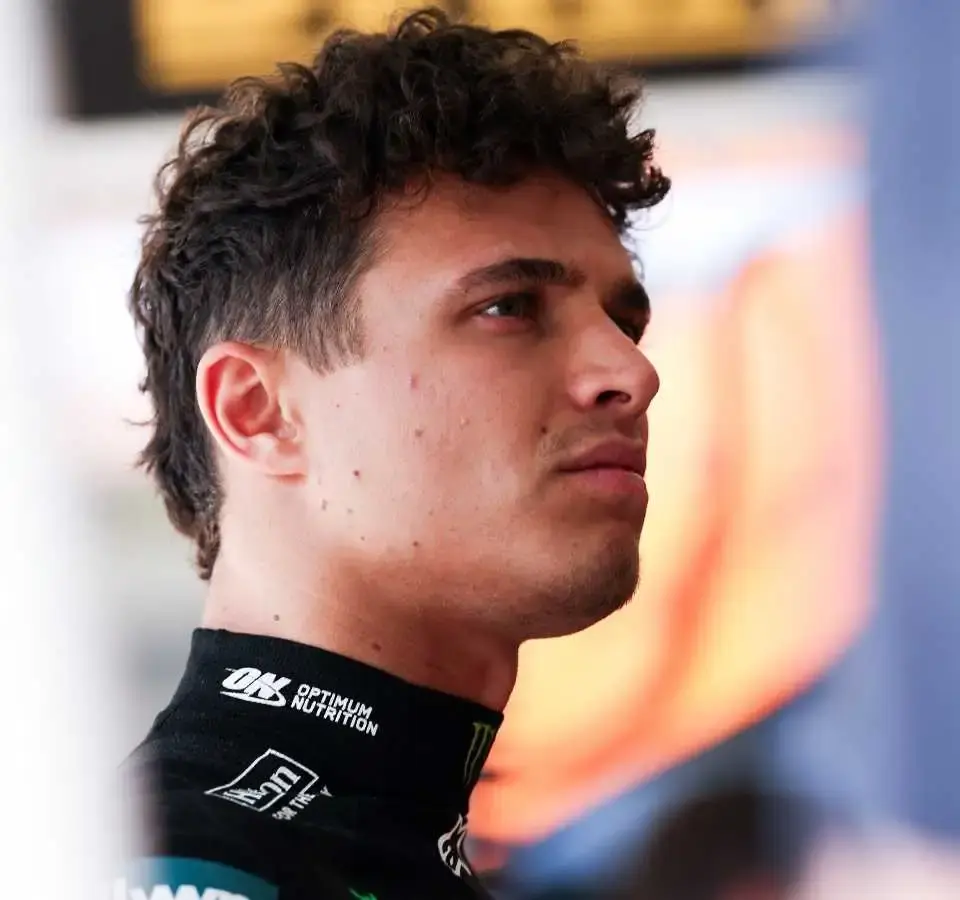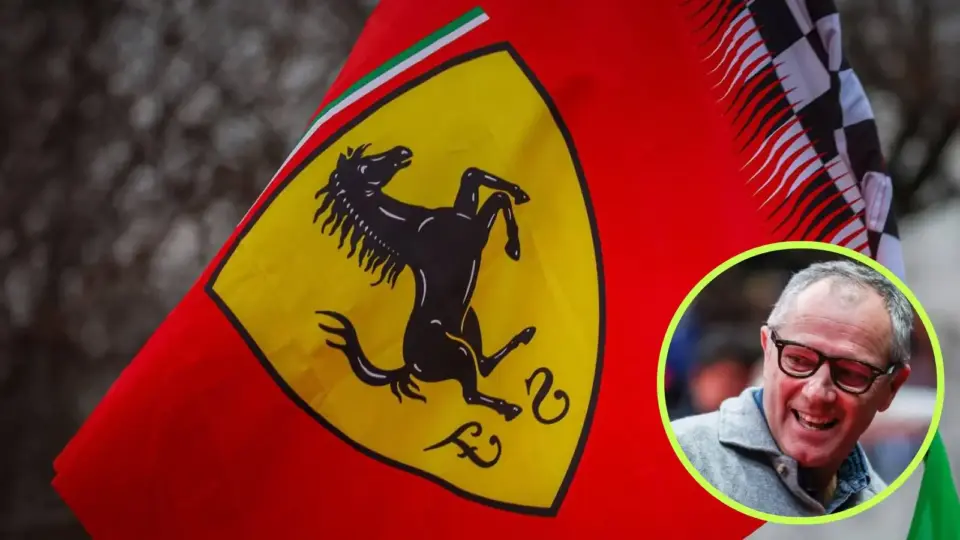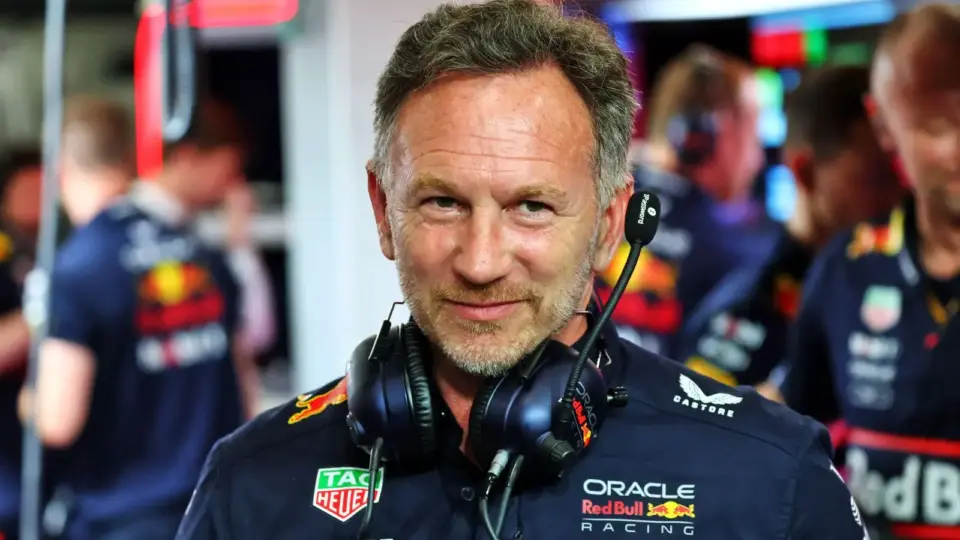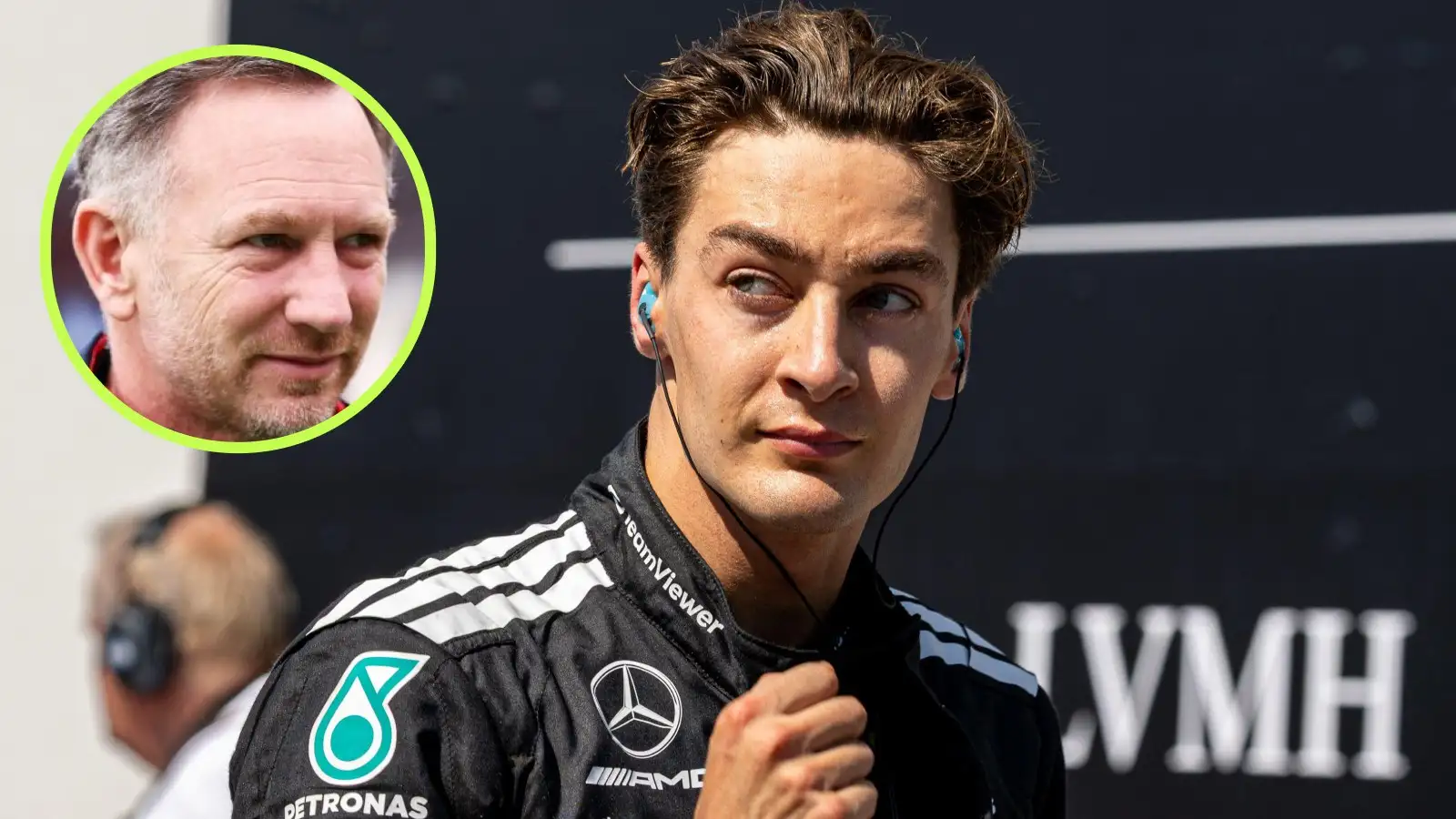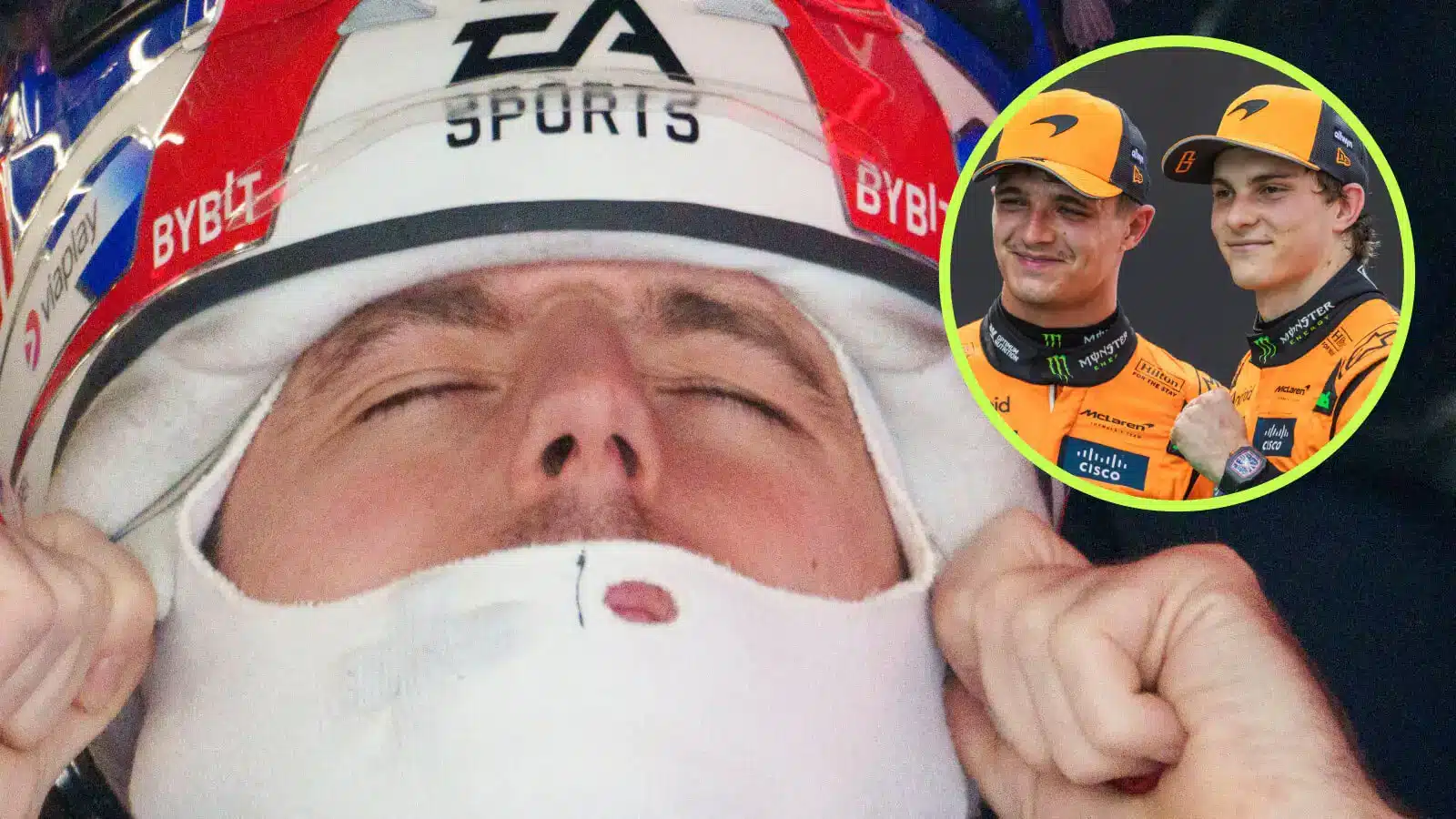In a dramatic twist at the Saudi Arabian Grand Prix, Lando Norris found himself in a precarious situation during the Q3 qualifying session. As he pushed his McLaren MCL39 to its limits, Norris ended up in the barriers at Turn 4, a costly setback that will see him start from 10th on the grid. Meanwhile, his rivals Max Verstappen and Oscar Piastri secured spots on the front row, leaving Norris with a challenging race ahead.
With his eye on optimizing the single-lap speed of his car, Norris had been enjoying a promising weekend. He showed competitive pace during every session, impressing with his ability to adapt his driving style to suit the car’s characteristics. However, as he aimed to squeeze every millisecond out of his car in Q3, an unexpected behavior from the McLaren caught him off guard. The car understeered at Turn 4, leading him to hit the unforgiving kerbs, an incident the team described as an ‘episode’ visible in the data.
McLaren’s team boss, Andrea Stella, explained that Norris was performing competitively across all sessions, delivering impressive laps with great utilization of new tires. Stella noted that although the car’s upgrades made it faster, they might have compromised predictability at the limit. Unlike Norris, Piastri did not experience the same issues and managed to challenge for pole position.
Stella emphasized the team’s responsibility in addressing the car’s unpredictability to ensure their drivers feel confident pushing to the limit without facing severe consequences. While Piastri adjusted seamlessly, Norris finds himself needing assurance from his vehicle. Stella also referenced Lewis Hamilton’s similar insights into the importance of natural driving, pointing out the necessity of the car responding as anticipated when racing at top speed.
Despite the setback, Norris’s chassis remained undamaged, and the upgrades were not yet fitted to either car. Stella expressed optimism as Norris quickly moved past the incident, focusing on strategies to recover during the race. He acknowledged that the current car behavior requires drivers to rely on instinct and guesswork rather than concrete feedback, a method not ideal for high-speed competition.
Stella admitted that the team should strive for a design that allows drivers to accurately judge the car’s limits, highlighting the difficulty in extracting that final ounce of performance without losing grip suddenly. Until improvements are made, Norris must adapt to these challenges to maintain competitive race performances.
As Lando Norris navigates these ‘episodes’ with determination, the pressure is on McLaren to enhance their car’s performance predictability for a smoother experience at future races. This unexpected setback provides an opportunity for both driver and team to reassess their approach, aiming for a car that aligns with Norris’s exceptional skills. Meanwhile, Norris remains committed, determined to overcome these hurdles and continue competing at the highest level.
